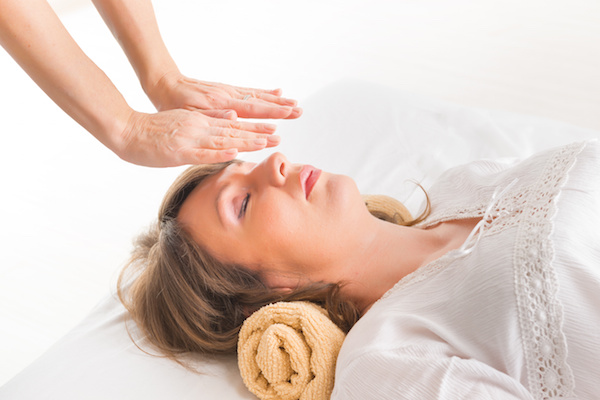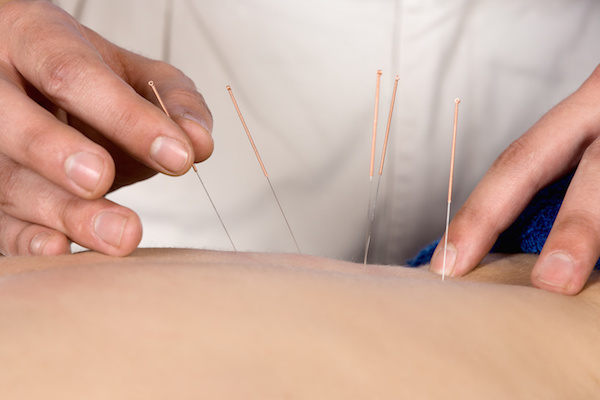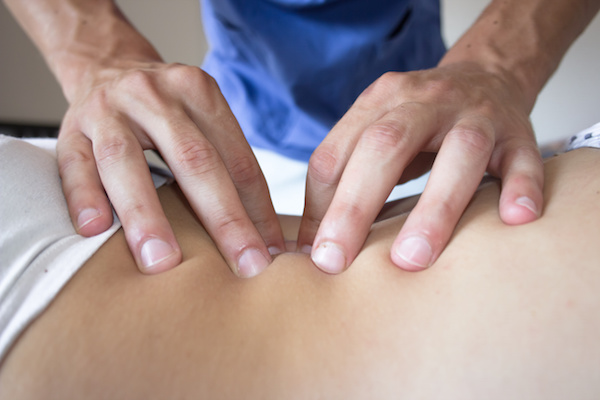Holistic Treatments
According to the American Holistic Medical Association, the spiritual element should also be considered when assessing a person’s overall well-being.
Holistic health is a diverse field in which many techniques and therapies are utilized, including alternative approaches, including some of the holistic treatments listed below.
Acupuncture
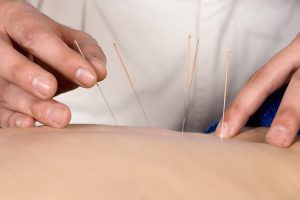 An Eastern method involving the insertion of very fine treatment needles into specific body surfaces, acupuncture reduces pain by interrupting abnormal energy flow. In some cases, low doses of electrical stimulation, known as ElectroAcupuncture, are applied as well. The treatment is an important adjunct to all Pain Management techniques. It is used to reduce pain and spasms especially in the back and the neck. Many patients choose this technique to help reduce the requirement for medications and to improve their daily function.
An Eastern method involving the insertion of very fine treatment needles into specific body surfaces, acupuncture reduces pain by interrupting abnormal energy flow. In some cases, low doses of electrical stimulation, known as ElectroAcupuncture, are applied as well. The treatment is an important adjunct to all Pain Management techniques. It is used to reduce pain and spasms especially in the back and the neck. Many patients choose this technique to help reduce the requirement for medications and to improve their daily function.
Alexander Technique
The goal is to improve postural and physical movement for everyday activities by developing balance and coordination between your brain, spinal cord and muscles. It is used most widely for neck pain, back pain, and headaches. You learn to reduce unnecessary movements that can be harmful, and increase the awareness of abnormal tension in your body. This technique helps teach the body to function more efficiently while reducing the chances for further injury or pain. Both group class instruction or one on one treatments are offered.
Pilates Method
 Pilates exercises target core postural muscles that are essential to providing support for the spine. Through regular Pilates exercises, you will work to strengthen your back, lengthen your spine, build muscle tone, increase flexibility and reduce tension and strain on your joints. A stronger core reduces the pressures on the lumbar spine and improves mobility while reducing back pain.
Pilates exercises target core postural muscles that are essential to providing support for the spine. Through regular Pilates exercises, you will work to strengthen your back, lengthen your spine, build muscle tone, increase flexibility and reduce tension and strain on your joints. A stronger core reduces the pressures on the lumbar spine and improves mobility while reducing back pain.Yoga
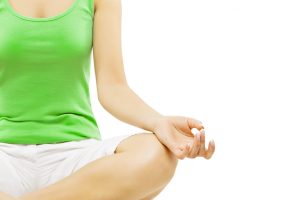 Yoga helps relieve pain by combining physical exercise, breathing techniques and meditation. Selected yoga postures increase flexibility and relieve muscle tension, and help you obtain balance and restore harmony between the mind and the body. Yoga is also useful for core strengthening and reduction of chronic back pain.
Yoga helps relieve pain by combining physical exercise, breathing techniques and meditation. Selected yoga postures increase flexibility and relieve muscle tension, and help you obtain balance and restore harmony between the mind and the body. Yoga is also useful for core strengthening and reduction of chronic back pain.Mental Imagery
 For patients who suffer muscle tension without an obvious mechanical cause, mental imagery can help reduce extreme pain. A form of relaxation therapy, it increases your mind’s awareness of the body and allows you to redirect energy with mental images. You learn to engage the mind in fighting pain. This incorporates the “Mind over Body” technique or Psychological component present in all pain syndromes.
For patients who suffer muscle tension without an obvious mechanical cause, mental imagery can help reduce extreme pain. A form of relaxation therapy, it increases your mind’s awareness of the body and allows you to redirect energy with mental images. You learn to engage the mind in fighting pain. This incorporates the “Mind over Body” technique or Psychological component present in all pain syndromes.Biofeedback
Reiki
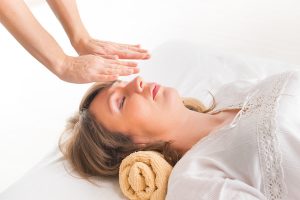 The hands of the Reiki therapist relieve pain by re-channeling energy to the body. A traditional Japanese technique, Reiki healing uses different hand positions while moving the hands close to your body surface for pain management and restoration of natural energy flow.
The hands of the Reiki therapist relieve pain by re-channeling energy to the body. A traditional Japanese technique, Reiki healing uses different hand positions while moving the hands close to your body surface for pain management and restoration of natural energy flow.Reflexology
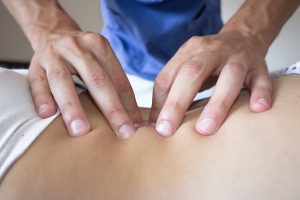 Reflexes in the feet, hands or ears correspond to every organ and body part. Reflexology practitioners apply pressure to your reflex areas to relieve tension, improve circulation, and promote natural function of the related body areas.
Reflexes in the feet, hands or ears correspond to every organ and body part. Reflexology practitioners apply pressure to your reflex areas to relieve tension, improve circulation, and promote natural function of the related body areas.


